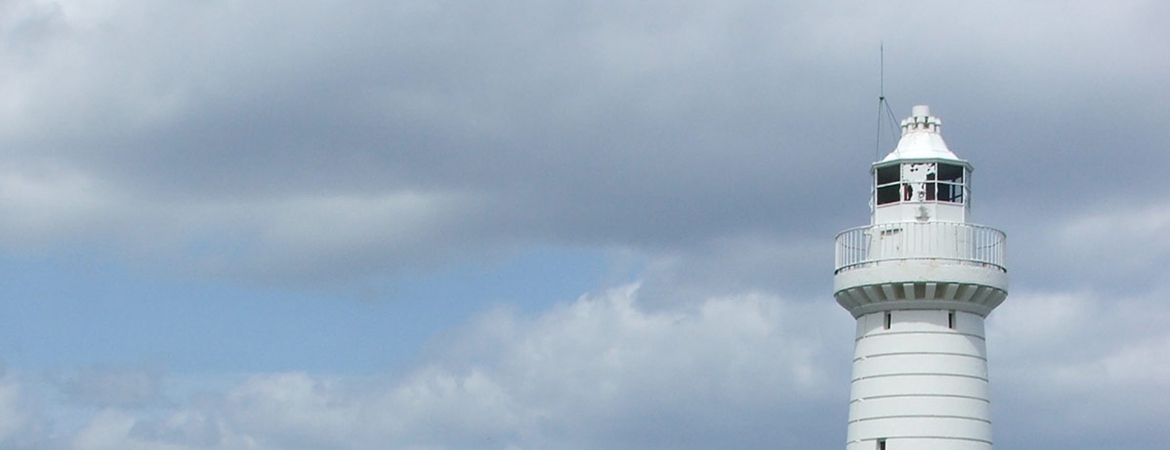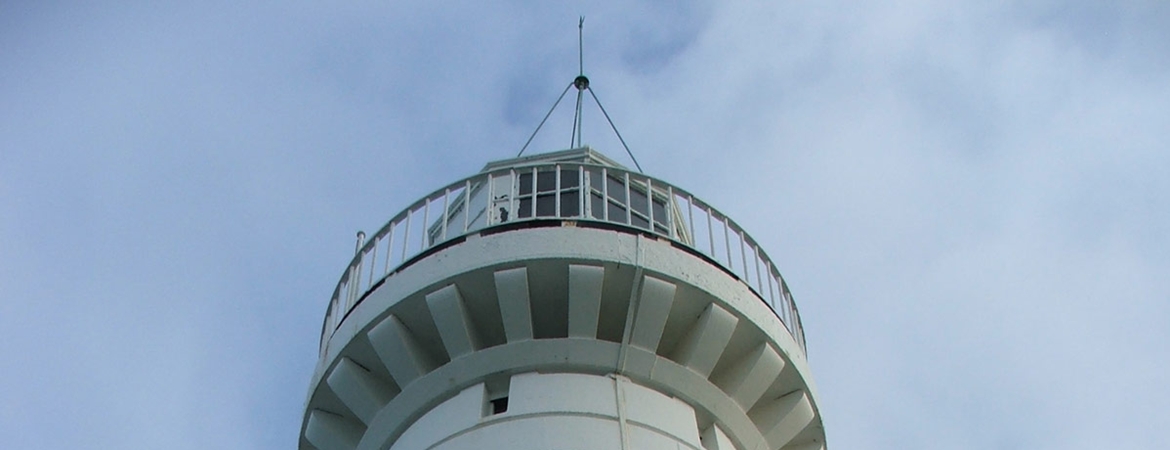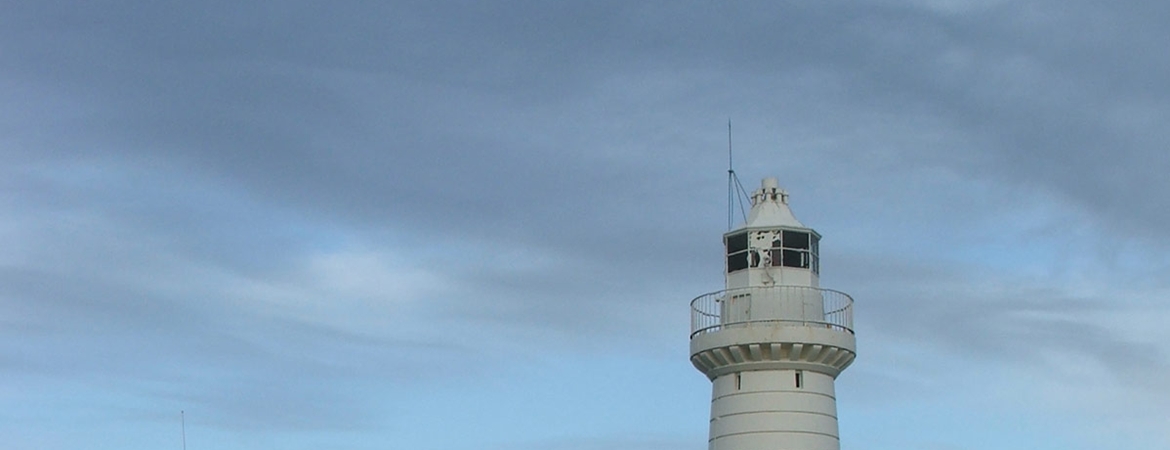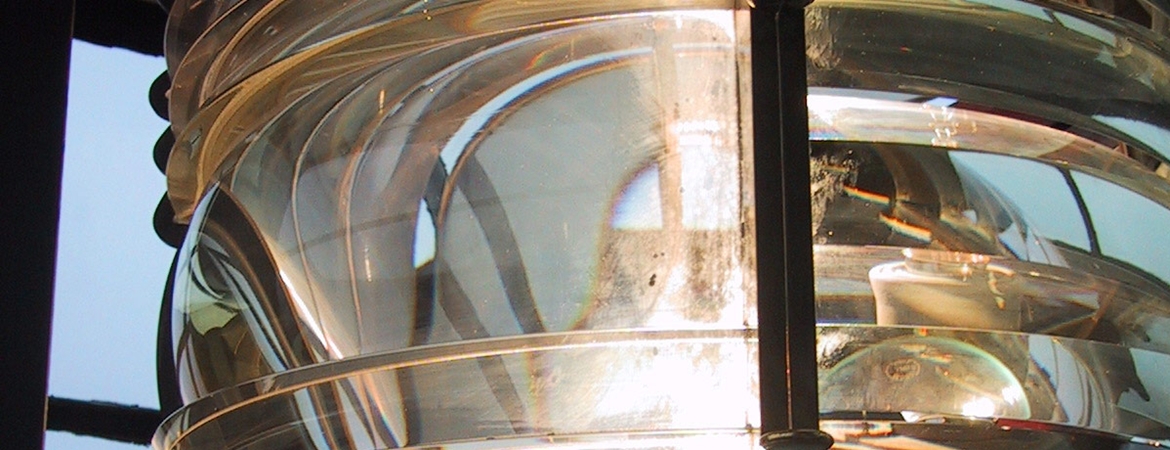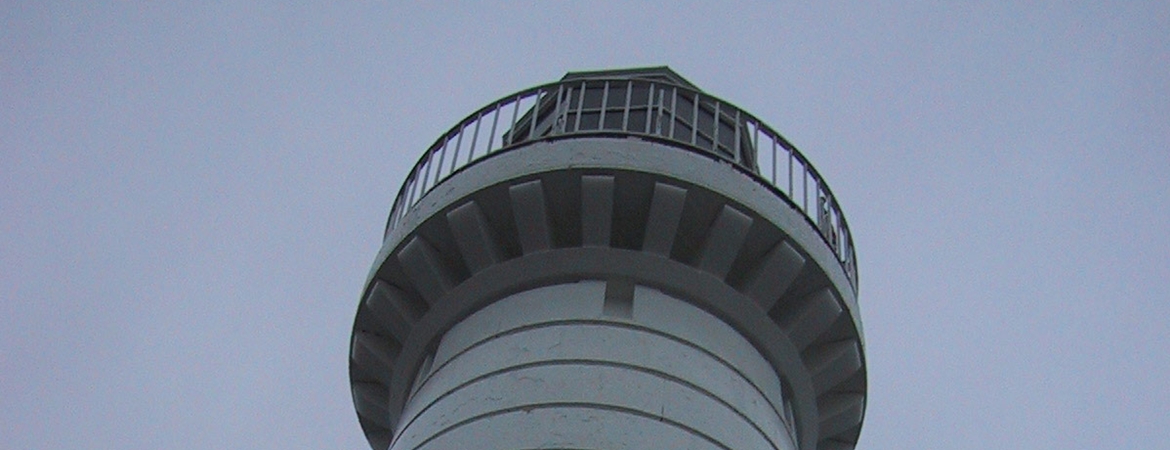This pleasant Co Down seaside resort developed when the Short Sea Route to Portpatrick in Wigtownshire was established in 1662, a distance of twenty two miles (35.4 km) and operated for 200 years. Unfortunately, due mainly to lack of immediate railway facilities, vessels becoming larger, difficult access into Portpatrick and shelter at Donaghadee being almost non-existent with easterly winds, the route declined. In spite of the Belfast and Co Down railway reaching Donaghadee in 1861 and the railway to Portpatrick the following year, attention was drawn to a new route between Larne and Stranraer which eventually took over in 1871; an abortive attempt to establish this route was made in 1862 lasting just over a year.
With the advent of steam-driven paddle vessels - the first to be used on the Donaghadee route was in 1825 - the Post Office improved the harbour facilities at both Donaghadee and Portpatrick contributing a large sum of money towards their construction. They were to the designs of John Rennie and completed by his son, Sir John Rennie, both eminent civil engineers of their time.
In a letter dated 5th November 1934 the Donaghadee Harbour Commissioners informed the Ballast Board that they were prepared to exhibit a light on the south pier and requested the Board to take it under their care. Trinity House were written to for their concurrence but they promptly declined to sanction, referring the Ballast Board to page 75 of a report from the Select Committee of the House of Commons in connection with light dues. Towards the end of the following year, 1835, the Treasury approached the Board about Donaghadee Lighthouse and the Treasury were informed that the Board was willing to take over the light on receiving a formal order to that effect from the Treasury. The latter replied on 11th January 1836 authorising the Ballast Board to take charge of the light, which they accordingly did, and the light was established later in 1836 with a fixed character, that is non flashing showing red mainly to seaward and white over the harbour and towards Belfast Lough.
The tower is built of cut limestone, fluted, and in its early days was unpainted in natural grey colour. Today the tower, including the lantern and dome, is painted white with a black plinth, a decision which was taken some time between 1869 and 1875.
A dwelling was suggested for the Keeper in 1841 and land near the root of the pier was rented from the Board of Works, but the ground became a yard for maintenance of local Donaghadee Sound buoys and the dwelling was not built until 1864. In the mean time the keeper continued to live in a house in the town rented by the Ballast Board.
A serious fire damaged the optic and lantern on the 12th May 1900 and a temporary light had to be shown whilst a new optic was obtained and the damaged lantern repaired. This was completed by September of the same year.
Conversion to unwatched electric was effected from 2nd October 1934, Donaghadee thus having the distinction of being the first Irish lighthouse to be converted to electric. Chaine Tower at Larne followed the next year and Tuskar in 1938.
The character of the new light was Isophase, white every four seconds and the red sector was discontinued. The power was considerably increased from less than 1,000 to 20,000 candelas.
A standby acetylene light was fitted to the lamp changer which would come into operation automatically if the lamp or electric supply should fail.
In April 1967 an automatic standby to mains generator was installed in the base of the tower, a red sector was re-established (326° to shore) and a new lamp changer with two electric lamps was fitted into the optic. The standby acetylene was discontinued. These alterations were in conjunction with the withdrawal of the Skulmartin lightvessel and establishment of a high focal plane buoy in its stead.
Donaghadee Lighthouse
|
Position: |
54°38.707' North 05°31.860' West |
Aids to Navigation |
|
|
Sectors: |
Wshore-326°, R326°-shore |
|
Height of Tower: |
16 metres |
|
Height of Light MHWS: |
17 metres |
|
Character: |
ISO WR 4s |
|
Range: |
W17 nautical miles. R 13 nautical miles. |
|
Radar Beacon: |
|
|
AIS: |
AIS Base station |
Tags :
lighthouse
,
Donaghadee

